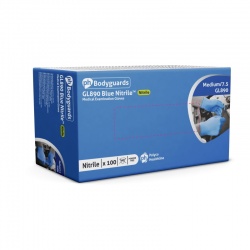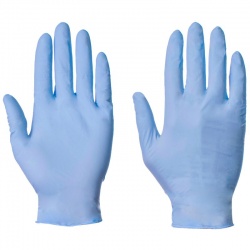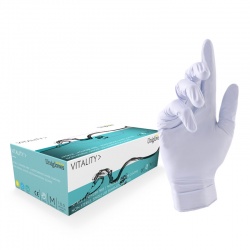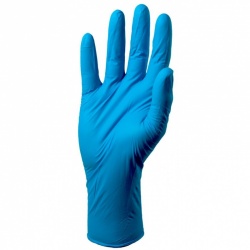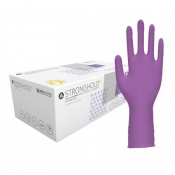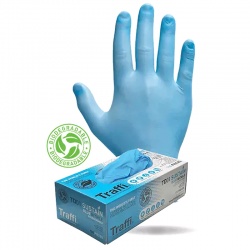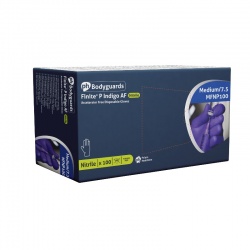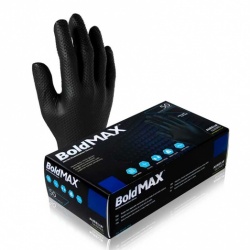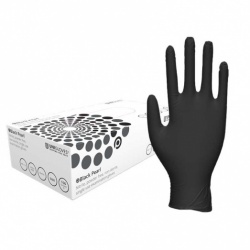| EN 455 Explained2 Comments7 December 2022 We understand that EN standards can be confusing, regardless of your level of expertise in the field. There are four separate parts to EN 455, making it tricky to breakdown if you don't know what you're looking at. We've put this guide together to explain the ins and outs of the standard and to showcase our favourite EN 455 compliant gloves that are tried, tested and loved by our customers throughout the medical industry. What Does Our Guide Cover?Knowledge Centre
Expert Recommendations
What Is EN 455?EN 455 is the European standard measuring the quality and strength of gloves used in the medical industry. Whether you're a doctor, nurse, surgeon, porter or cleaner, the disposable gloves you use must be certified under EN 455. Gloves must pass four separate tests before they're considered safe to be used for medical practice. These are:
Between them, each test ensures your gloves act as a barrier against micro-organisms, perform effectively without breaking and protect you against hazardous material in the workplace. Part 1: Testing Gloves for Freedom of HolesThe last thing a doctor wants is their gloves tearing, snapping or ripping whilst they're treating a patient. This puts both the doctor and the patient at risk of infection. Part 1 of EN 455 involves a watertight test being conducted to assess how strong the gloves are when they're filled with one litre of water. An AQL (acceptable quality level) rating of 1.5 is the limit for gaining accreditation under EN 455-1. The majority of gloves will gain 1.5, however some specialist gloves will reach 1.0 or even 0.65 (the lower the AQL number, the higher level of quality the gloves have). Our Picks for Doctors, Surgeons and ExaminationOur experts have selected the products below based on their strength and durability. Perfect for doctors conducting examinations, they're all highly resistant to rips, tears and splitting.
Part 2: Tests for Physical PropertiesPart 2 of the EN 455 test involves testing the level of force required to break the glove fabric down. Whether they're nitrile, latex or vinyl, this is a vital step for guaranteeing freedom from infection, virus transmission, and the transfer of potentially harmful bacteria. The test places stress on the gloves to measure the point at which it will break. Below we've detailed the minimum amount of force each style of glove must withstand to gain accreditation under EN 455.
Our Pick for Strong and Durable EN 455 Medical GlovesWe understand that strength in the face of rips and tears may be your number one concern as a dentist, doctor or nurse. We've consulted with the experts to put together a list of our strongest, most durable options below.
Part 3: Tests for Biological EvaluationFor a variety of reasons, disposable gloves are manufactured to contain a wide variety of chemicals and micro-plastics. EN 455-3 exists to ensure that your hands are protected against irritation and flareups. Part 3 contains four different tests designed to guard against irritation and allergic reactions. It is important to remember that there is always a risk of dermatological reaction but EN 455 demands that the risk is as low as possible. The four tests are:
Our Picks for Sensitive SkinIf you have eczema, dermatitis or you regularly find your hands get red and blotchy after wearing disposable gloves, you're in the right place. Below are gloves specifically designed to reduce the chance of irritation, flareups and itching.
Part 4: Determination of Shelf LifeFinally, a test is carried out to ensure the glove will not degrade while it is in transit, in a warehouse, or awaiting use. This is why Latex gloves come with a shelf life. Part 4 specifies that medical gloves can only be stored for up to 5 years, which is the maximum shelf life for a glove. Our Best Nitrile Medical GlovesIf you're concerned about shelf-life, nitrile gloves are a great option. Traditionally, nitrile has a longer shelf-life than other synthetic fabrics, making it great for professions that frequently buy in bulk and store boxes of gloves for long periods.
Other Standards ExplainedWe have guides available for a range of different EN standards. If you're interested in learning more, click any of the links below:
Other Useful PagesIf you're still unsure about what you're after, click any of the links below to see alternative options and other informative articles:
Shop Our Full Range of Medical-Grade Disposable GlovesIf you haven't found what you're looking for, don't fret; we have a tonne of alternative options for you. To view our entire, expansive range of EN 455 disposable gloves, simply click the image below. | |||||||||||||||||||||||||||||||||||||||||||||||||||||||||||||||||||||||||||||||||||||||




